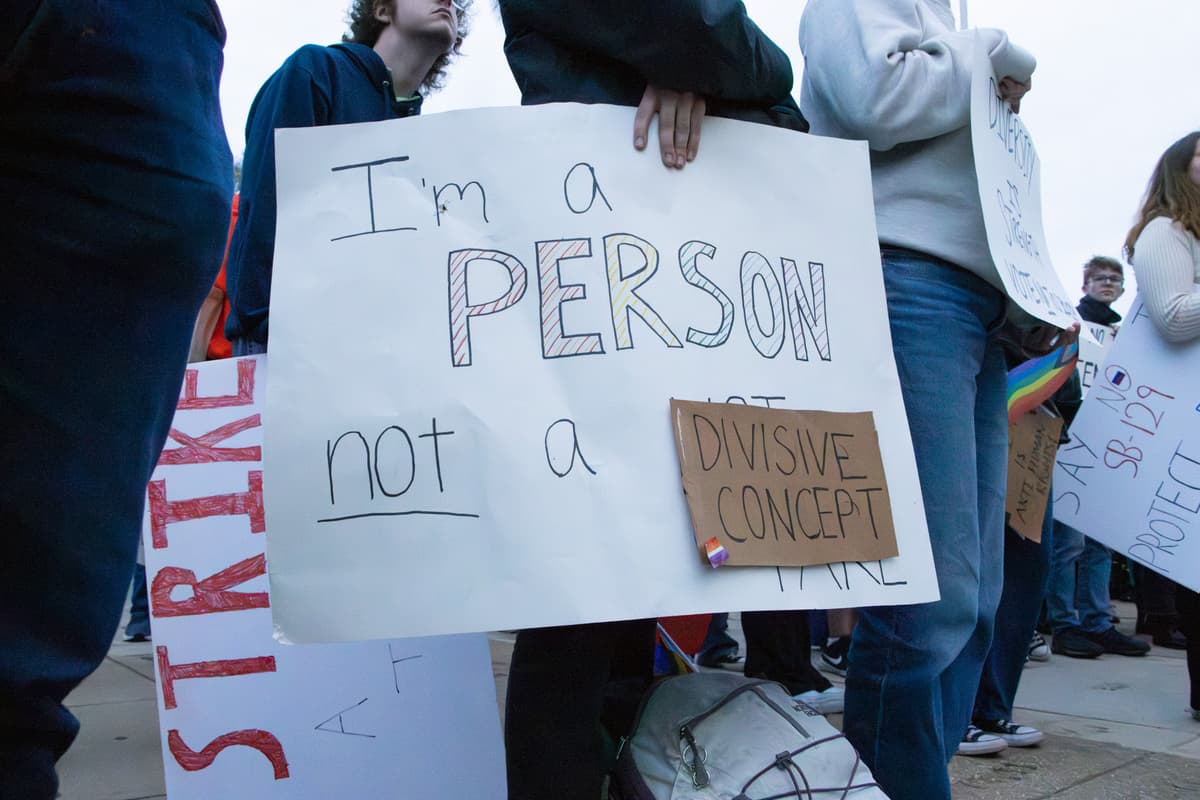Some things can be adequately handled with flowcharts. In fact, flowcharts have the potential to fill many important roles. They can be used to outline safety protocols, describe programming processes and identify species of birds, among other things.
They are inadequate, however, for the purposes of advising.
Around registration periods, many of you saw a lot of flowcharts. It seems that the new trend for helping students select their courses is to simply give them a sheet of paper showing the linear progression from one class to another, culminating in graduation. Oftentimes, these charts are given out at group “advising” sessions, which include 30 or more students in a single room, receiving paperwork from a stranger.
Other times, there’s no real advising structure at all. Students in this situation are left to look up their major requirements on DegreeWorks or sign up for a meeting with a professor on their own initiative.
Obviously student enrollment has grown lately, and that comes with pros and cons. One of those is a higher student-to-teacher ratio, which necessitates larger class sizes and time-saving measures. But I believe that when it comes to advising, these measures have gone a little too far. The current paradigm for student advising seems rushed, impersonal and insufficient for the complex needs of students.
Anyone can go online, register for the required courses, and then take those courses. Advising should be about each student’s specific circumstances, which will often be influenced by that student’s personal traits.
Here are the kinds of questions advising should answer: What electives will best synergize with my major? Should I drop a difficult minor, or stay the course and risk my GPA? How can I get involved in research projects to fill out my resume? Taking into account my personal monetary resources, will the benefits of taking a fifth year outweigh the financial liabilities?
All of the above questions could be crucial to a student’s success at the University. And none of them can be answered by a stranger, much less in a room full of other students with their own questions.
Under the University’s current system, undergraduates are largely flying blind. They may know what courses they need, but the University doesn’t have any plan for getting them past that. And when they graduate, many students’ GPAs, resumes, portfolios and prospects are going to suffer for it.
Ideally, advising staff should know each student they work with personally; they should have an advising relationship that is persistent over many semesters, not a matter of hours; and they should have the time to discuss each student’s situation in some depth.
If the University doesn’t have the staff resources to fulfill these basic roles, then it needs to look hard at recruitment paradigms and decide if it’s time to back off on campus expansion. Overcrowding is one thing; not having the manpower to provide students with basic guidance is another entirely.
In the past, I’ve defended the University’s recruitment policies, but when roles as fundamental as advising are left unfulfilled, that’s my tipping point.
Nathan James is a junior majoring in public relations. His column runs weekly on Thursdays.






